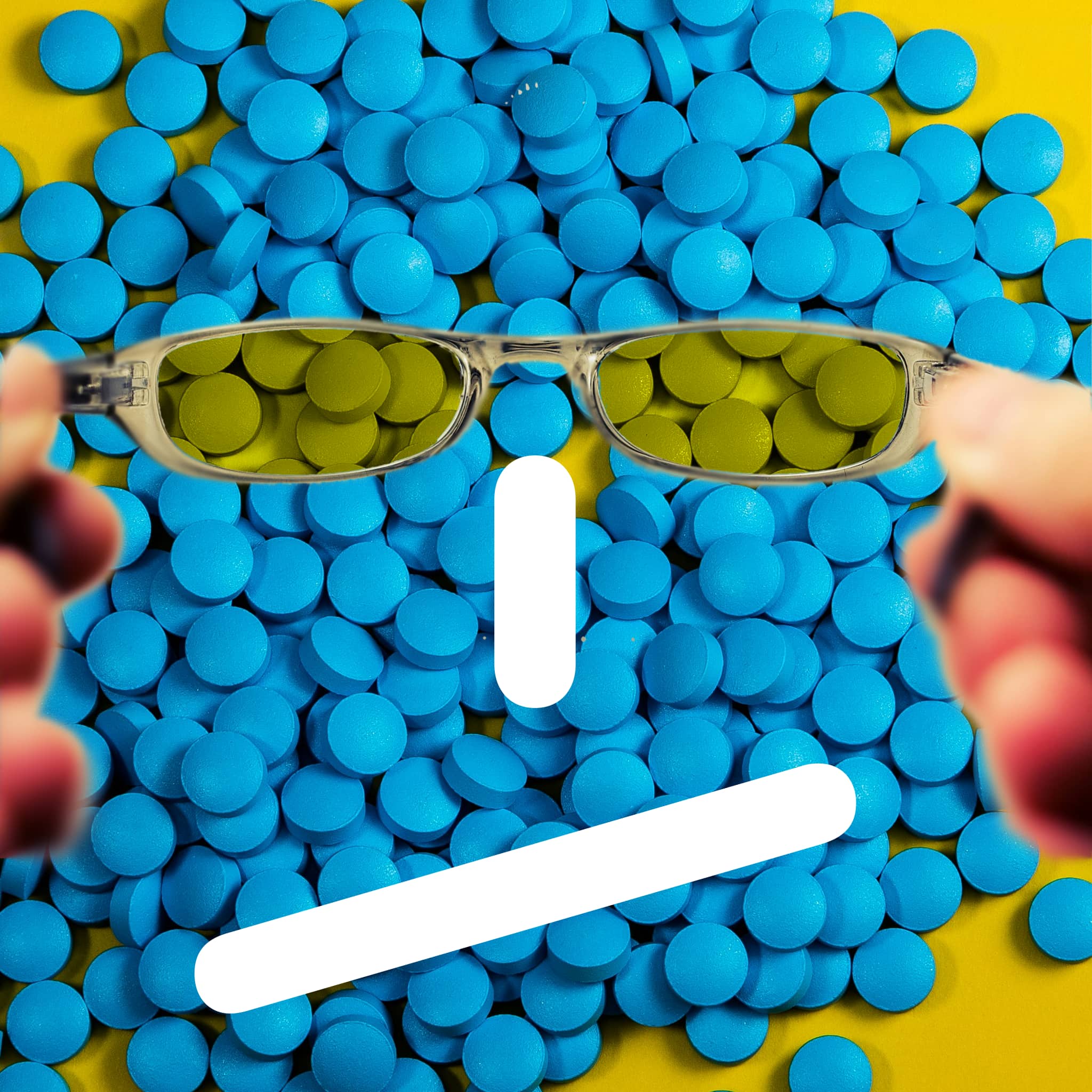
Little white lies about blue light
If blue light filtering has helped you sleep better,
go read some of my other writing instead.
Don’t break what’s working for you.
Otherwise…
Around 2013, a few things dominated hipster culture in the coffee shops of San Francisco’s sunny Mission district: fixies, pornstaches, lumberjack red flannel shirts with cuffed raw denim jeans, and laptop screens aggressively tinting yellow in the afternoon.
The f.lux app had gone viral on Twitter. Scientists confirmed* society’s growing suspicion of the smartphones that had taken over our lives less than a decade prior. Increased exposure to blue-tinted light from LED screens was robbing us of quality sleep. The solution* was an app that shifted the colors of a screen to the yellower, warmer end of the color spectrum at sunset.
The idea spread like wildfire. Apple sherlocked the feature into iPhones and Macs in 2016. Redmond’s copy machine followed in 2017. Oprah and Goop-y Gweneth added blue light blocking glasses to their lists of favorite things.
* One little problem
The research about blue light’s negative effect on sleep remains inconclusive a decade later.
The frequently cited 2013 study about blue light and its affect on sleep had just 5 participants and questionable methodology. Melatonin is the hormone your brain produces to fall asleep. Melatonin levels—not sleep quality—were measured before and after the 30 minute experiment. There was no control group. There was a more significant suppression in melatonin from simply participating in the experiment (34 percentage points) than there was between red and blue light (13 percentage points). The better conclusion for this study would be to not participate in research studies when trying to fall asleep.
Followup studies could not reproduce findings of blue light’s harm. A 2019 study found light with and without blue spectrum had equivalent melatonin suppression. Another 2019 study found warm light to be worse. Finally, a week-long 2021 study with 167 participants that tracked actual sleep quality between 3 groups of people using the iPhone’s Night Shift feature, not using Night Shift, and not using a phone at all concluded there was no observable benefit from using Night Shift. The people who did not use a phone before bed had the highest quality of sleep.
What we do know conclusively is that melatonin production is suppressed by any illumination at all, regardless of color. So keep your colors natural, save your money by skipping blue light filters on glasses, and sleep better by dimming all your lights and putting your phone away an hour before bed.
Note: I prefaced this post with a disclaimer because placebos are effective. I belief they are valid therapeutic options if they do no harm. If the absence of truth helps people sleep better and does no harm, I want the ignorance to provide benefit.
Header image composed by Jeremiah Lee with assets by Michał Parzuchowski and David Travis.